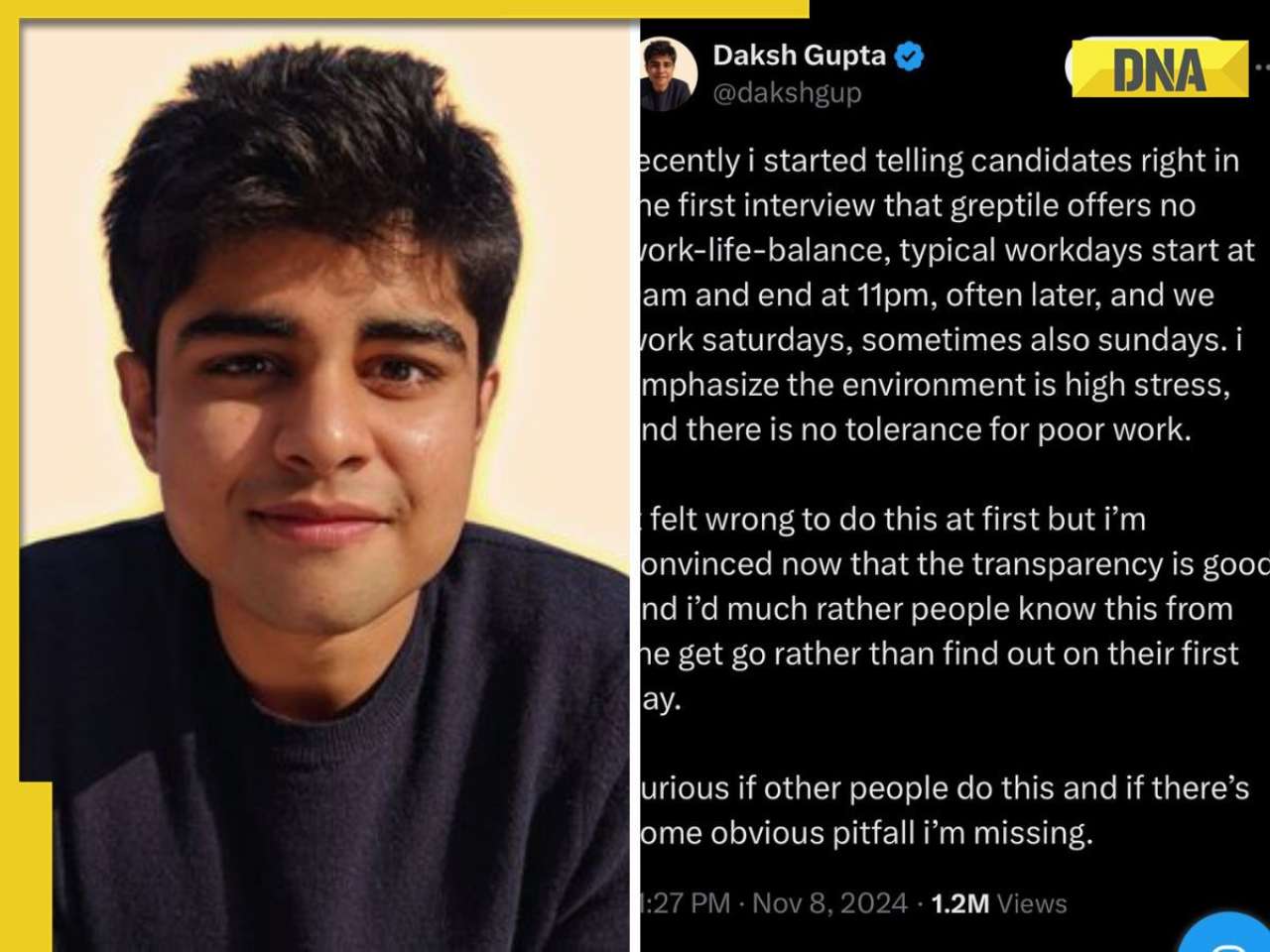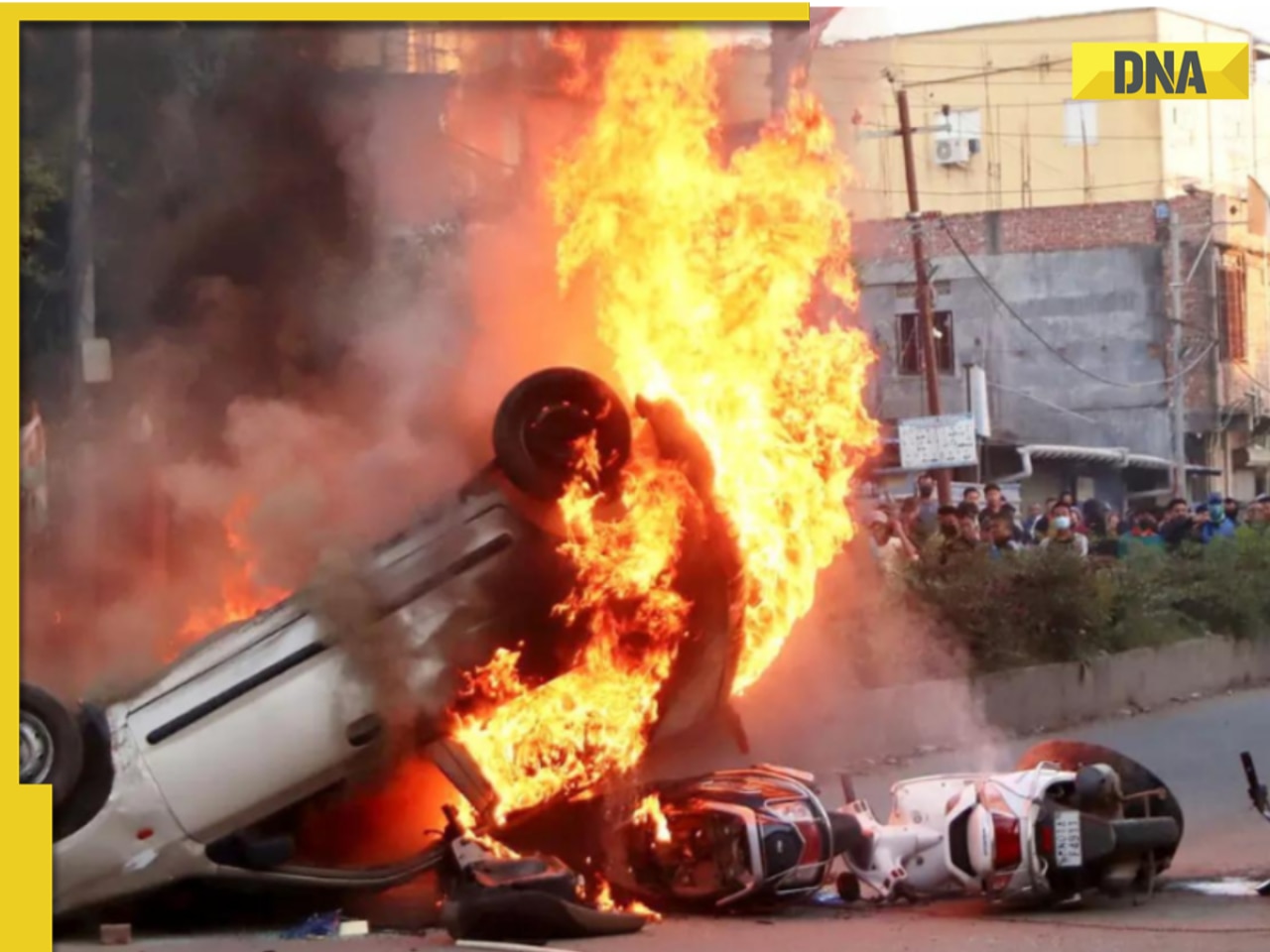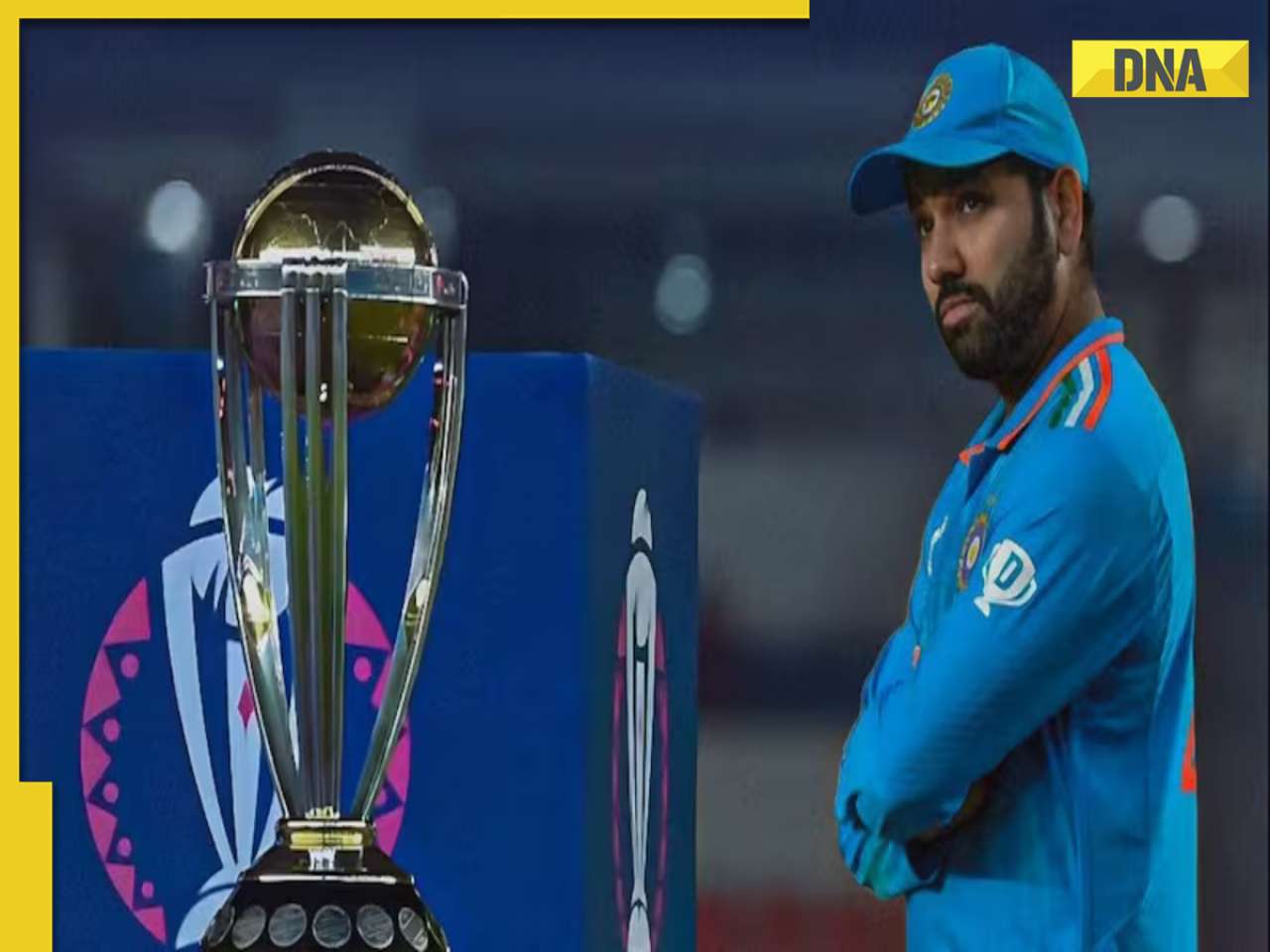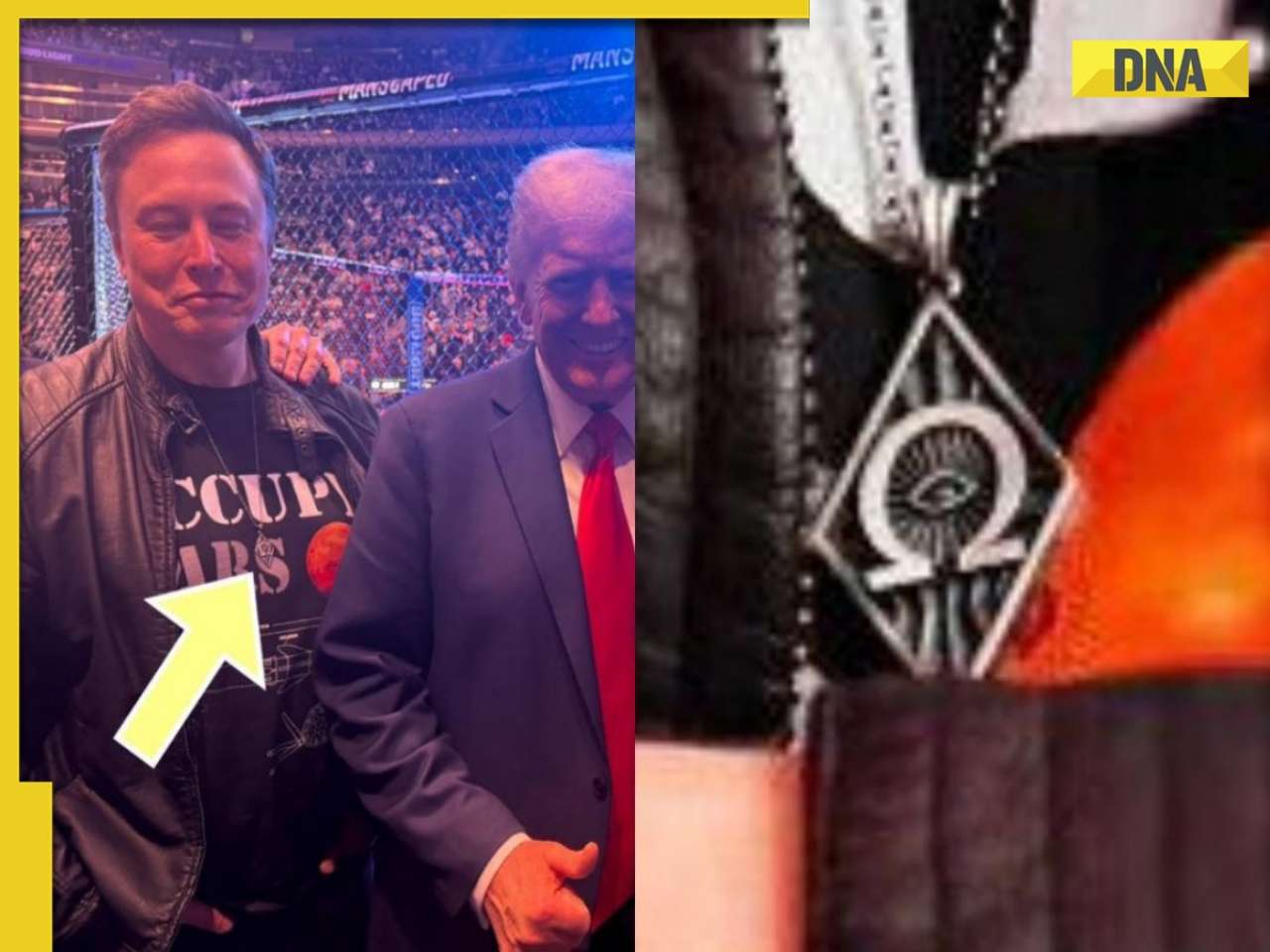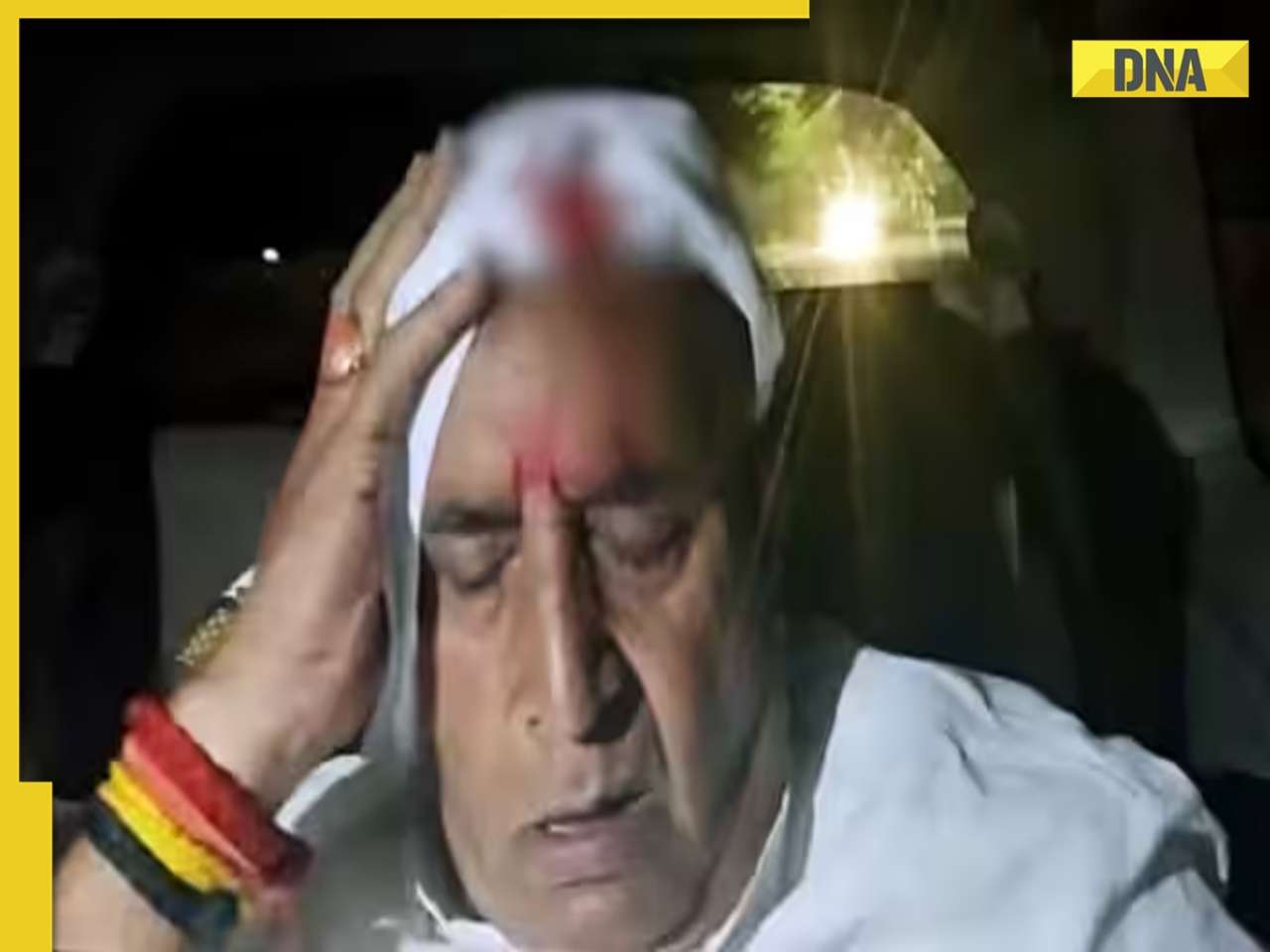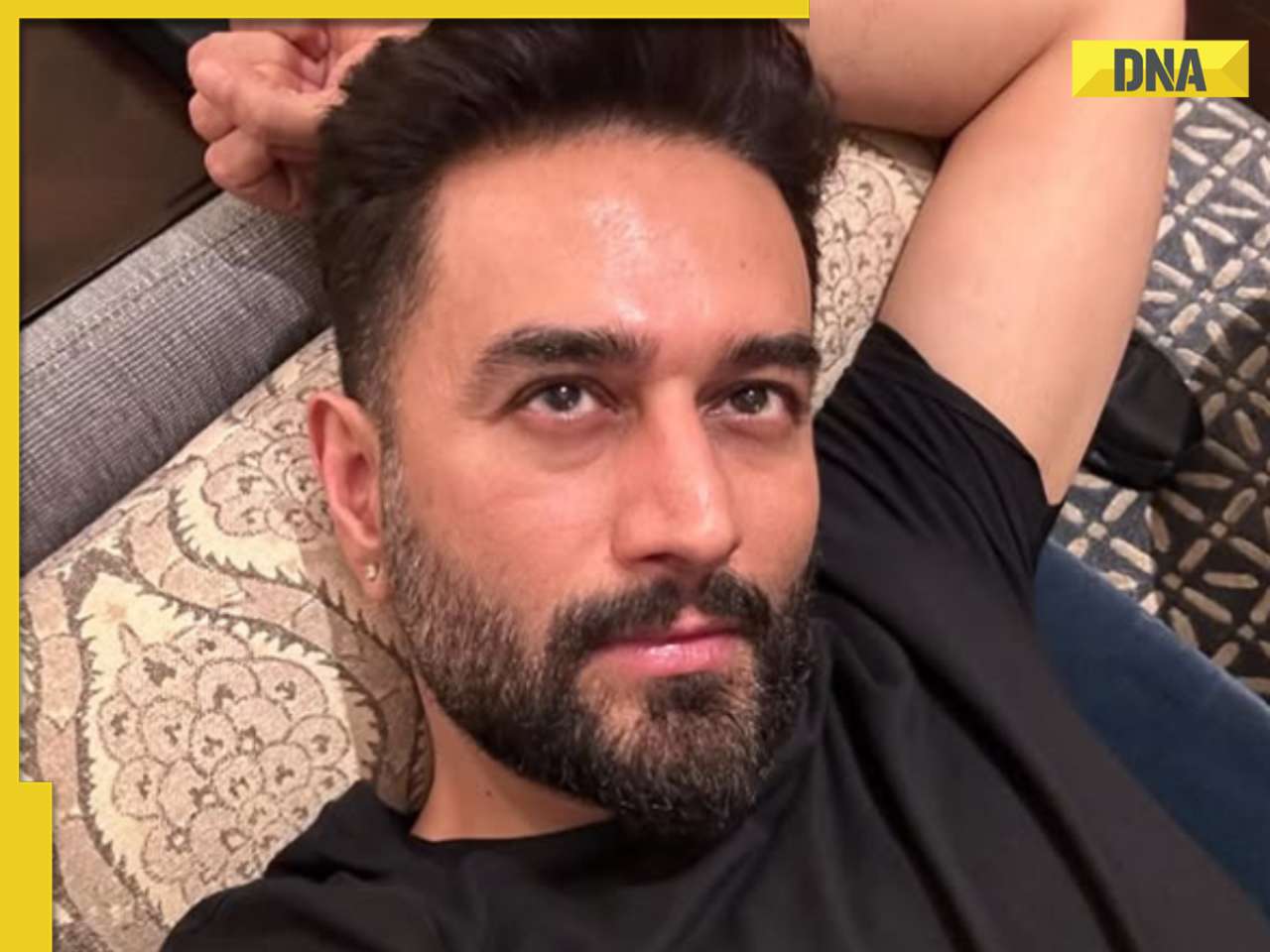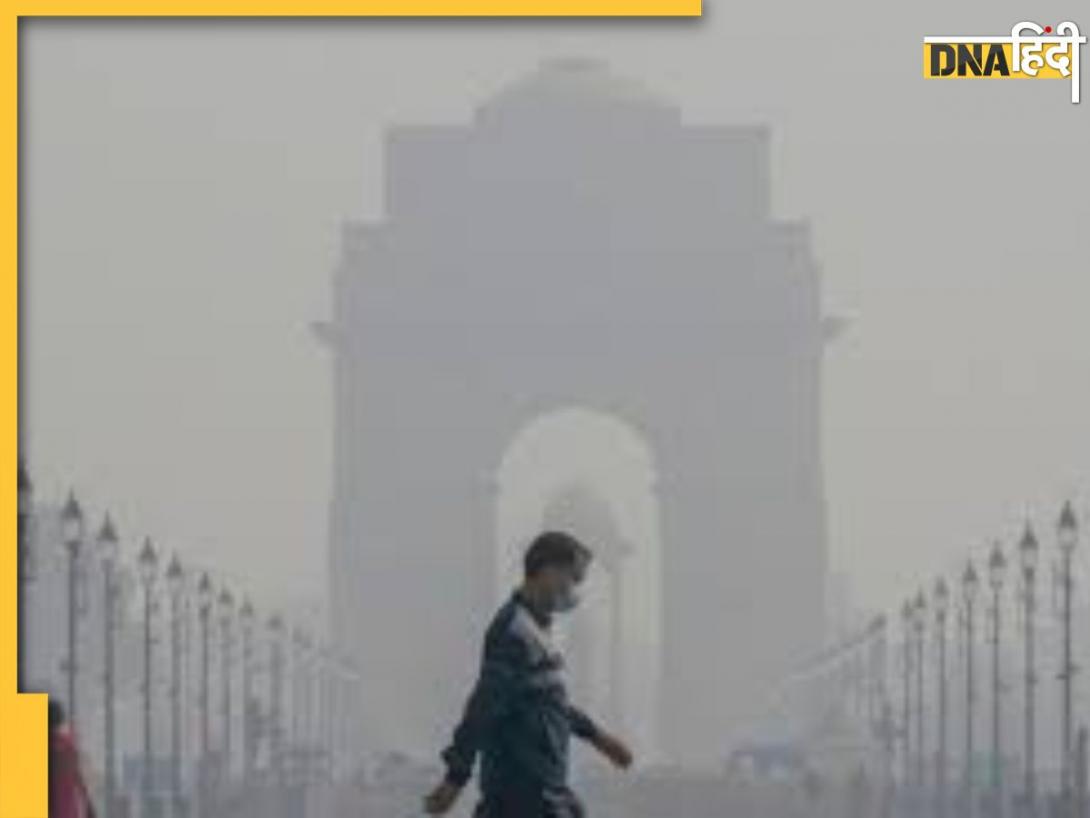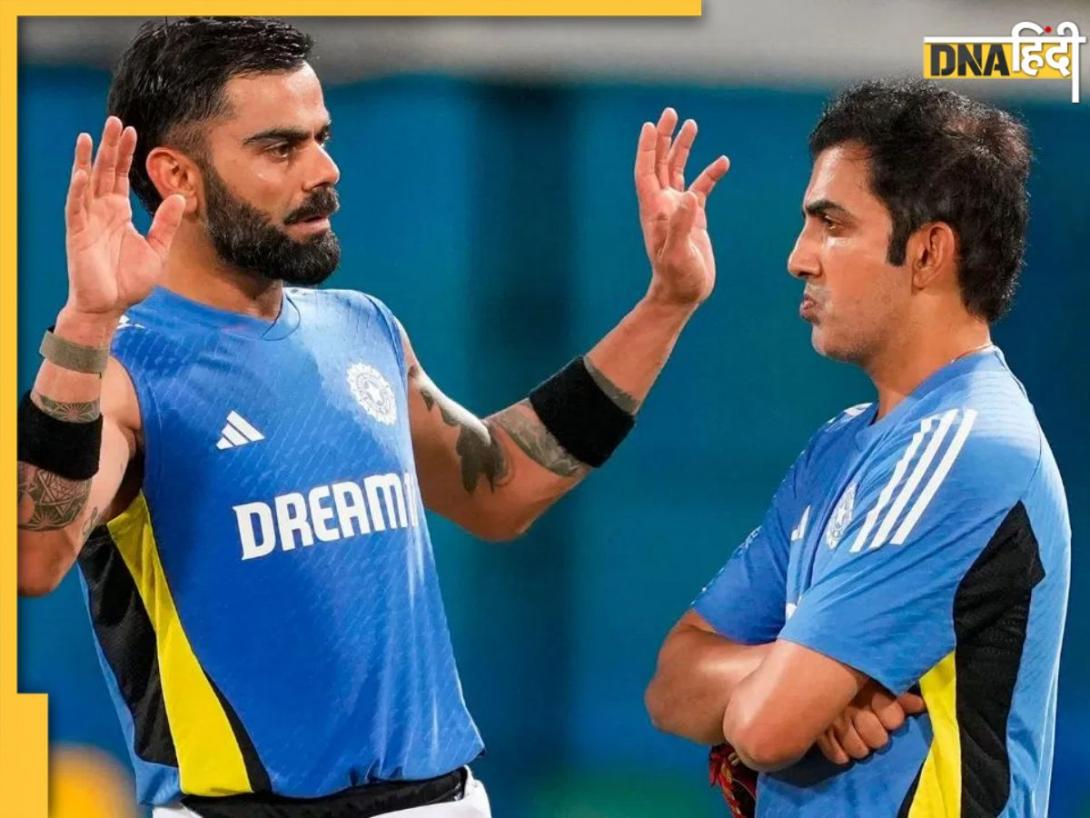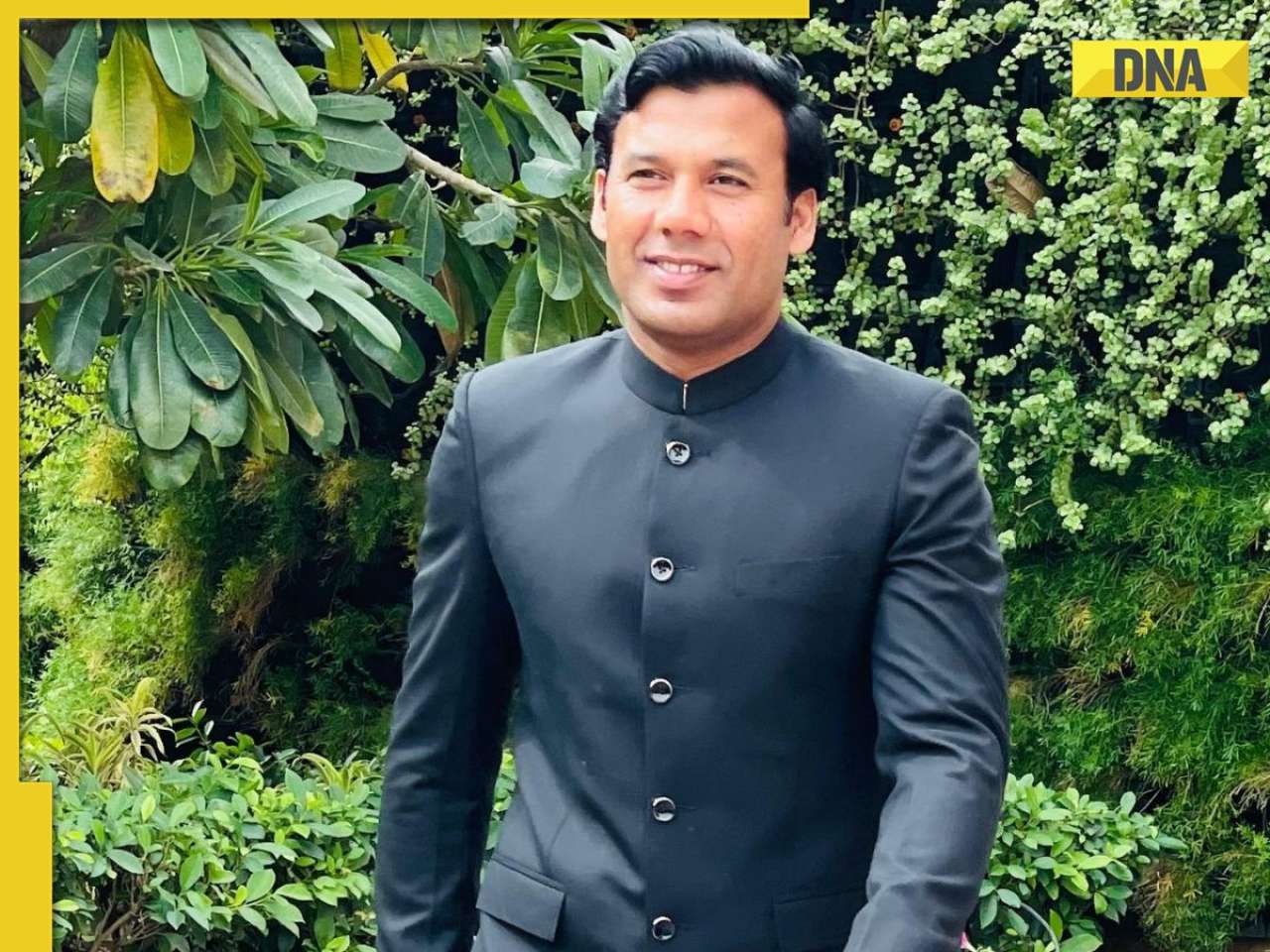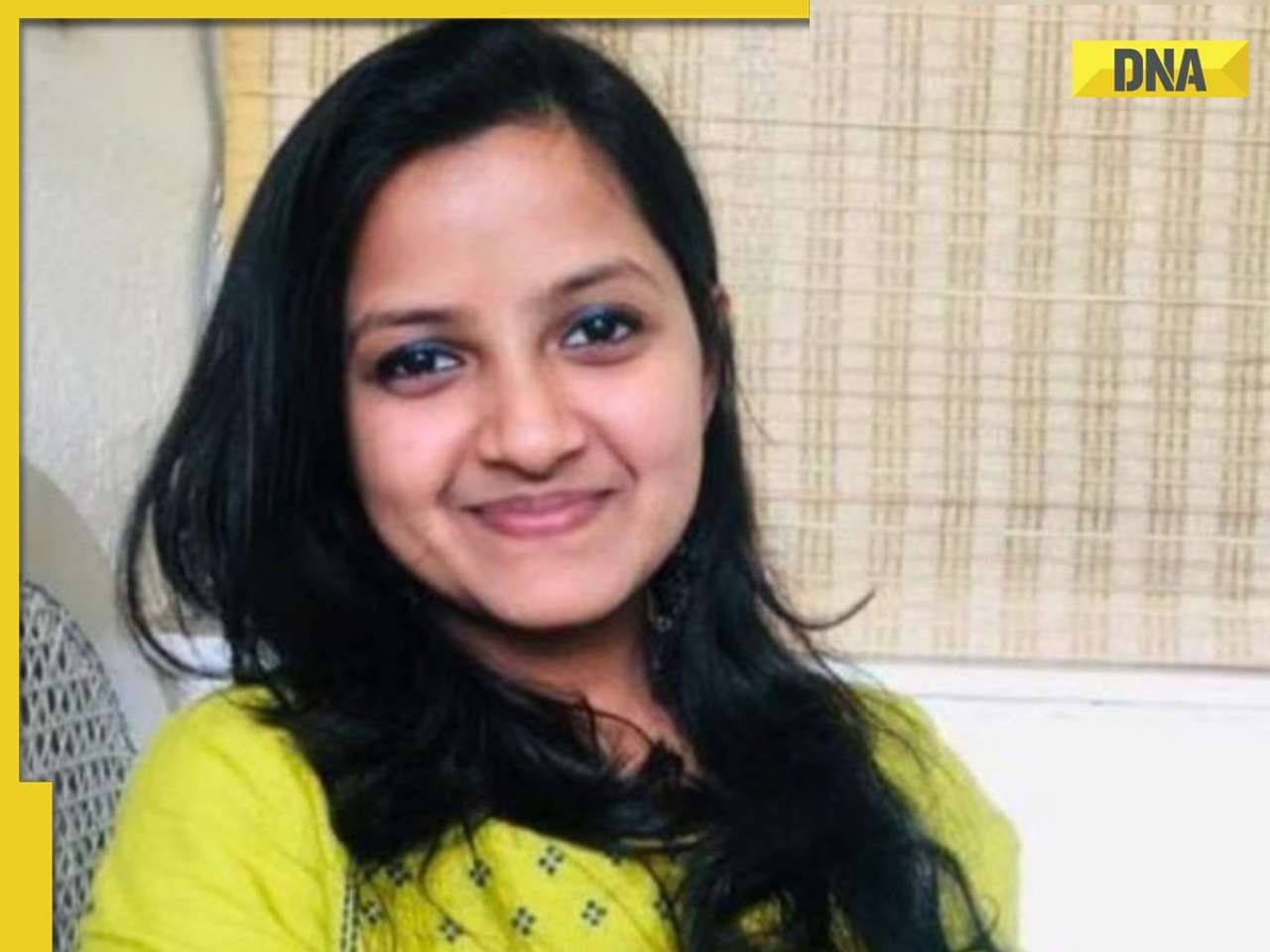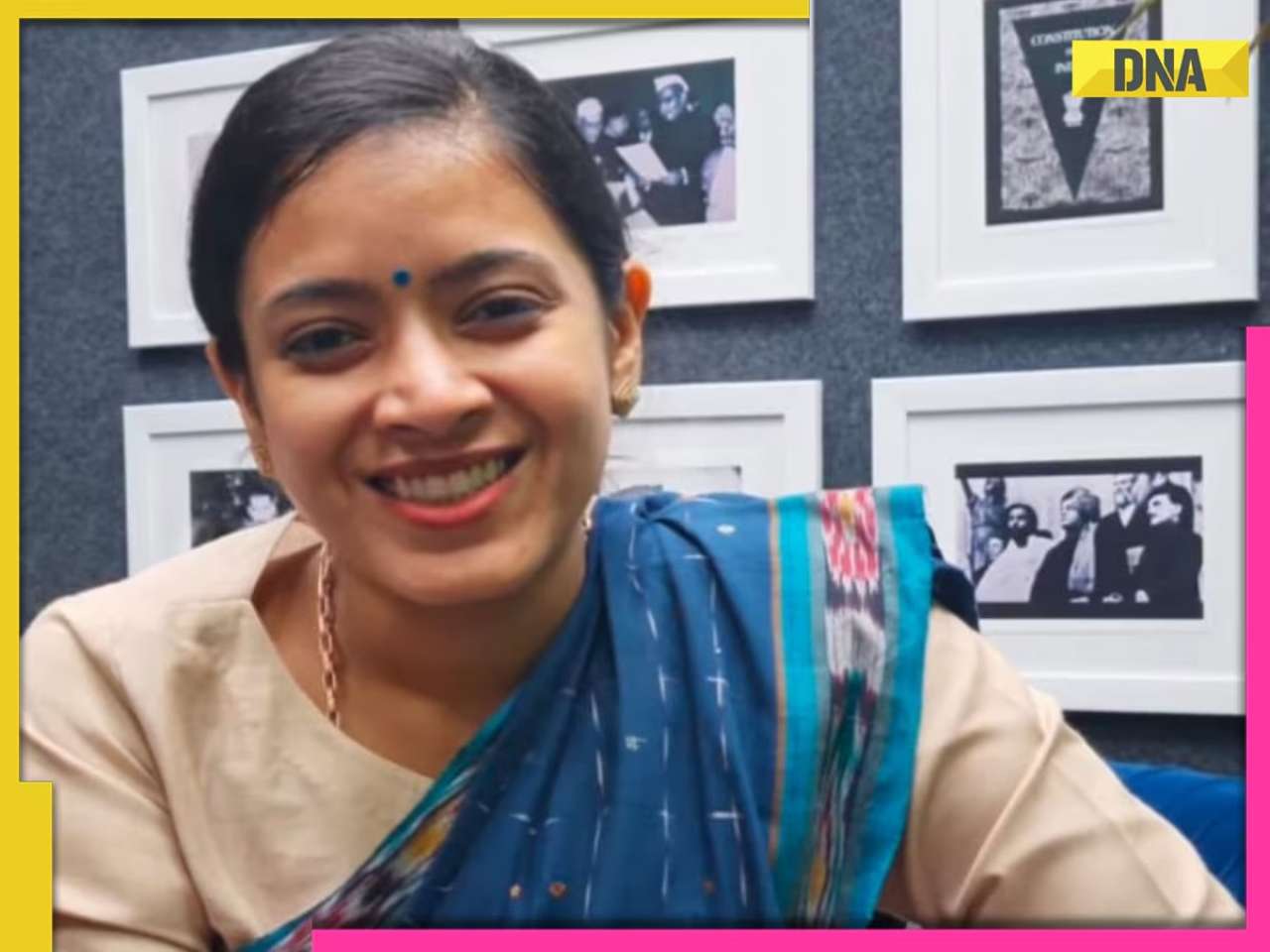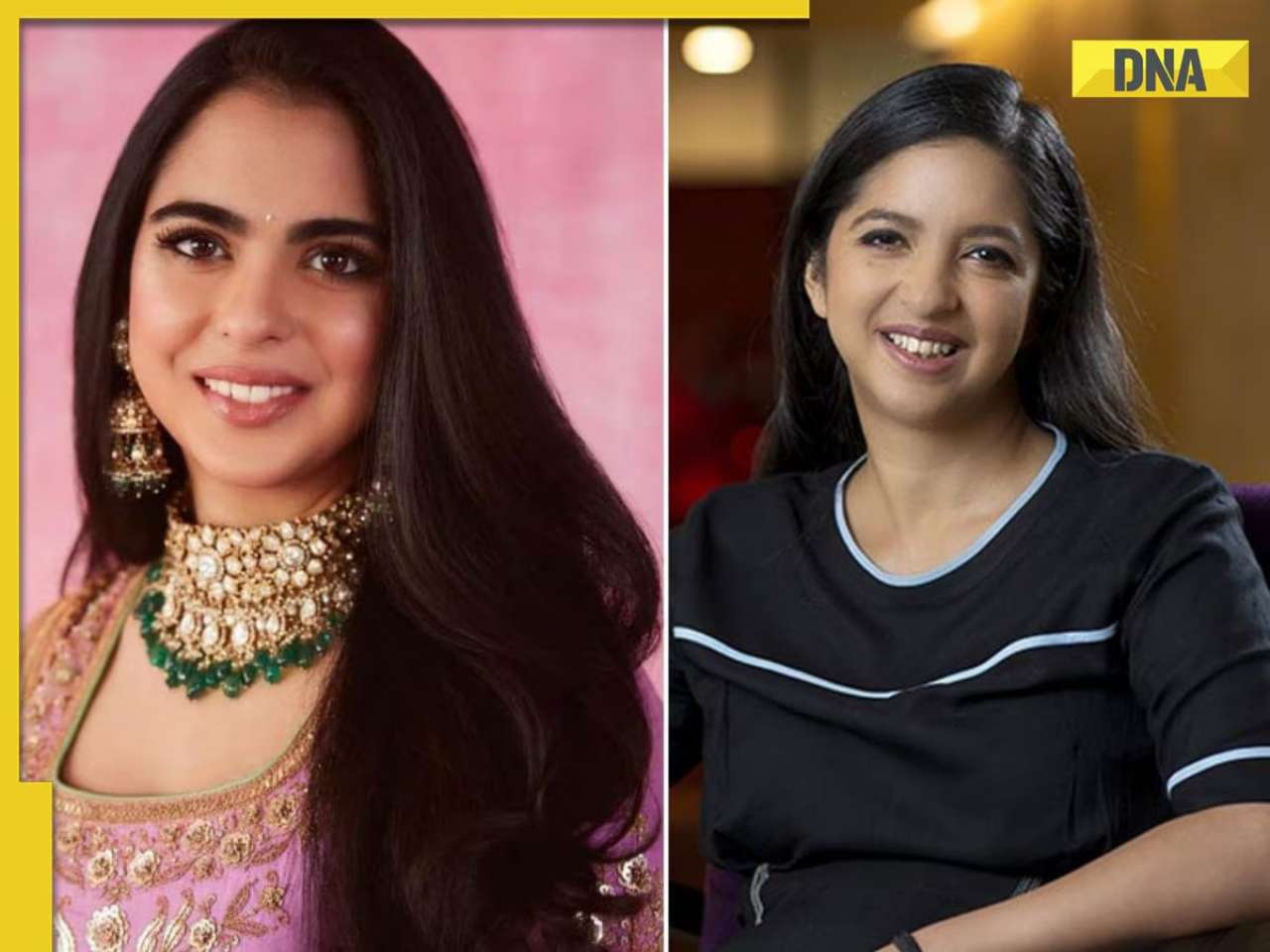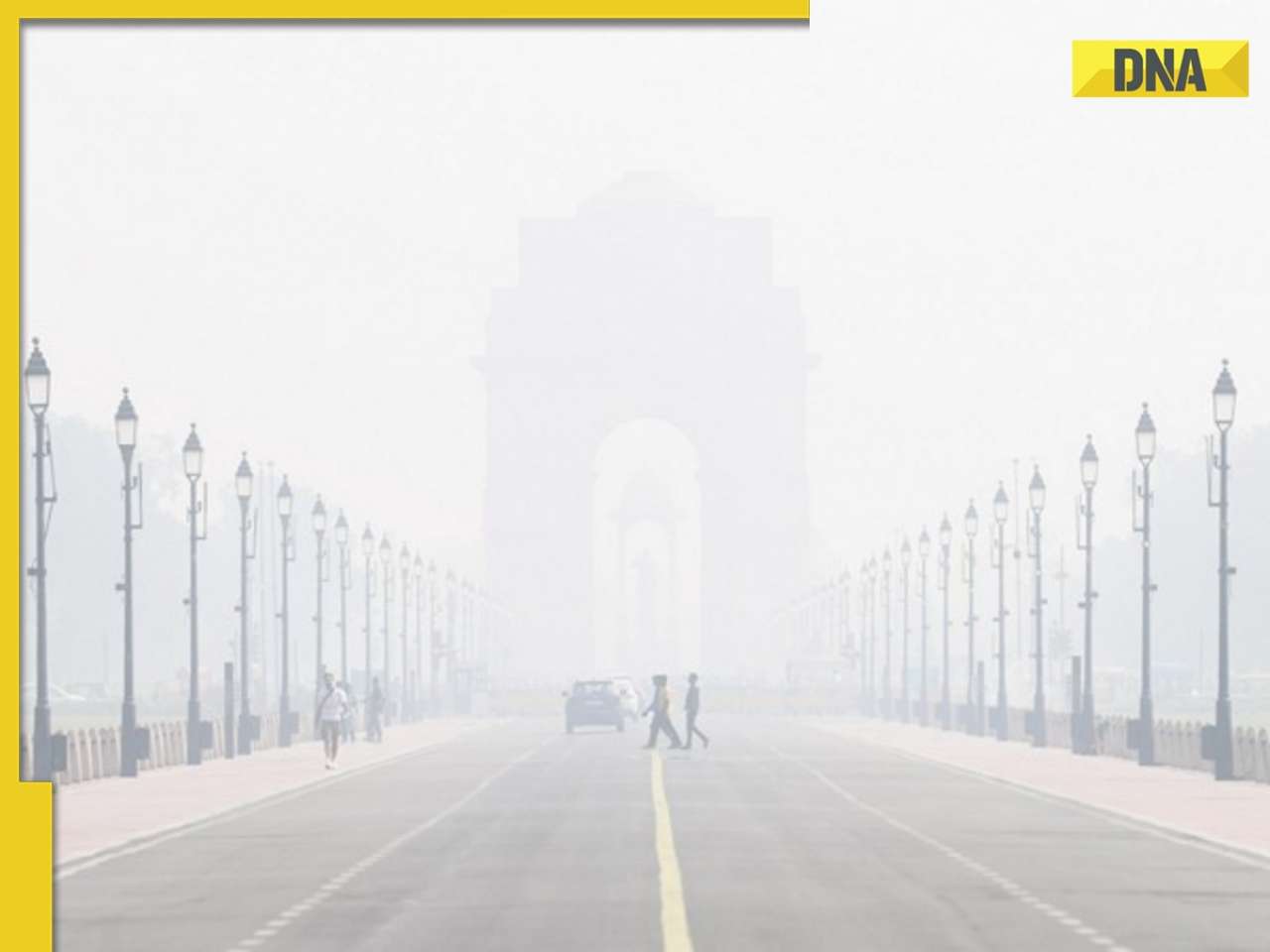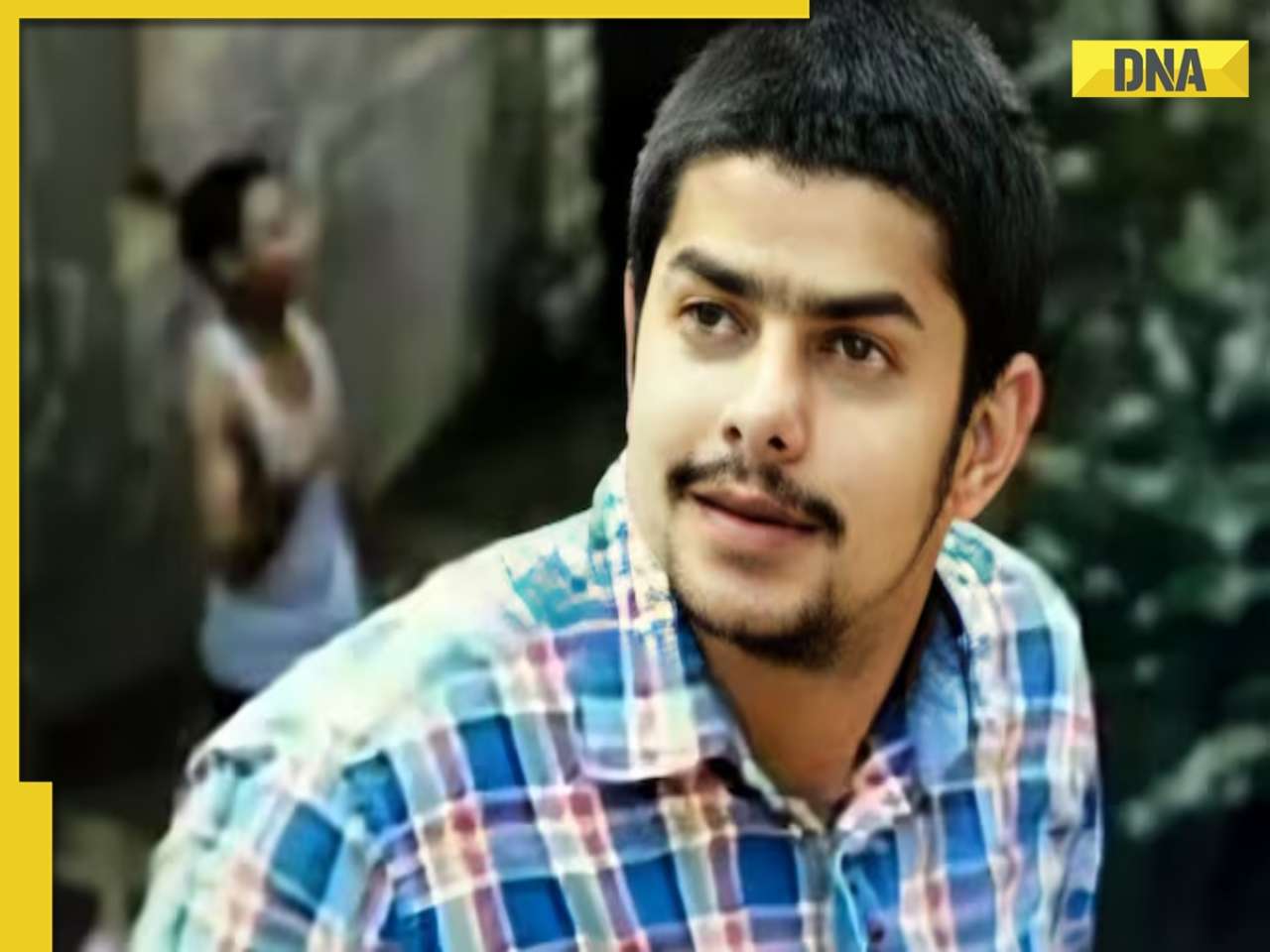- LATEST
- WEBSTORY
- TRENDING
HEALTH
What is Muscular Dystrophy and why it needs our urgent attention
Among the many types of MD, Duchenne Muscular Dystrophy is the most common in India, while others subtypes can be more serious.
TRENDING NOW
With the possibility of over 5,00,000 young boys being affected by this rare genetic disorder, Muscular Dystrophy (MD) should have been a household name in this nation. But as in the case of many health conditions in India, the dearth of awareness about this fatal illness has led to a lack of support for people suffering from this condition.
Muscular Dystrophy is a group of disease where there is a mutation in the gene that produces the protein which plays an essential role in developing healthy muscles. The condition leads to progressive weakening and wasting of muscles. It largely affects boys and symptoms usually surface in childhood in the common subtypes of MD.
"It is seen only in males as it is an X-linked recessive disorder where females carry the defective gene but are not affected by it," Dr. Neelu Desai, Consultant Pediatric Neurologist and Epileptologist, PD Hinduja Hospital says. "Milder forms of the disorder as Becker’s Muscular Dystrophy or outliers can present itself as late as in the second decade of life," she says.
Among the many types of MD, Duchenne Muscular Dystrophy is the most common in India, while others subtypes can be more serious. "Subtypes of MD such as Limb Girdle Muscular Dystrophy and Facioscapulohumeral Muscular Dystrophy can have a severe prognosis," says Dr Pradyumna Oak, Neurologist from Global Hospitals.
In many cases, a male child as young as four years of age starts showing symptoms. MD usually affects the mobility of the child and the patients are wheel-chair bound in their mid-teens. The patients often die young as their lifespan is between 20-25 years.
Since the condition affects muscles, it leads to a host of other illnesses too. "Patients develop cardiac and respiratory muscle weakness which leads to recurrent pneumonia, heart failure and ultimately death. They also develop multiple contractures, scoliosis of spine and various deformities. If children are on medicines, they also develop osteoporosis and significant weight gain," says Dr Desai.
There is no cure for MD yet and the only form of treatment that is viable for most patients is steroids. "A few months of steroids provides relief and delays worsening of the condition in the patient," says Dr Oak.
With limited information and help about the condition and owing to the complexities of illness, the families of the patients are usually left feeling hapless, trying to seek help.
The very first wall that they hit is in the detection of the case as it is not generally diagnosed early on. "Often patients are not diagnosed till late due to lack of awareness in medical professionals, delay in reaching for help by families and the lack of specialist doctors in the field," says Dr Desai.
Once the family learns about the condition, the struggle to find appropriate treatment begins. "Patients hop from one form treatment to other, but there is no cure," says Dr Oak.
Aparna Sanglikar, a Pune resident whose 12-year-old son suffers from Duchenne Muscular Dystrophy says she tried everything from Ayurveda to stem cell therapy for her son, but only steroids seemed to have provided some relief.
Sanglikar adds that it is crucial that information on the condition is disseminated so that patients and families don't grope in the dark. Talking about the financial and emotional turmoil the families go through, she says, "Families and patients must be given emotional counselling due to the nature of the condition".
Both Dr Oak and Dr Desai agree that families must be counselled when it comes to genetic disorders. "As these are genetic disorders where prenatal counselling and diagnosis is available, having a second child with the same disorder can be prevented. However, due to lack of awareness in families/society/medical field and sometimes due to cost constraints of the diagnostic tests, often we see families with multiple affected members. This can easily be handled with good awareness in society as well as in the medical fraternity," says Dr Desai.




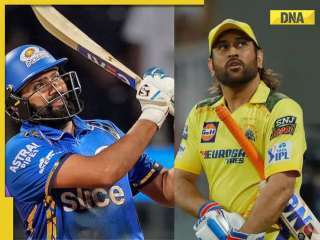


)
)
)
)
)
)
)
)
)
)
)
)
)
)
)
)





